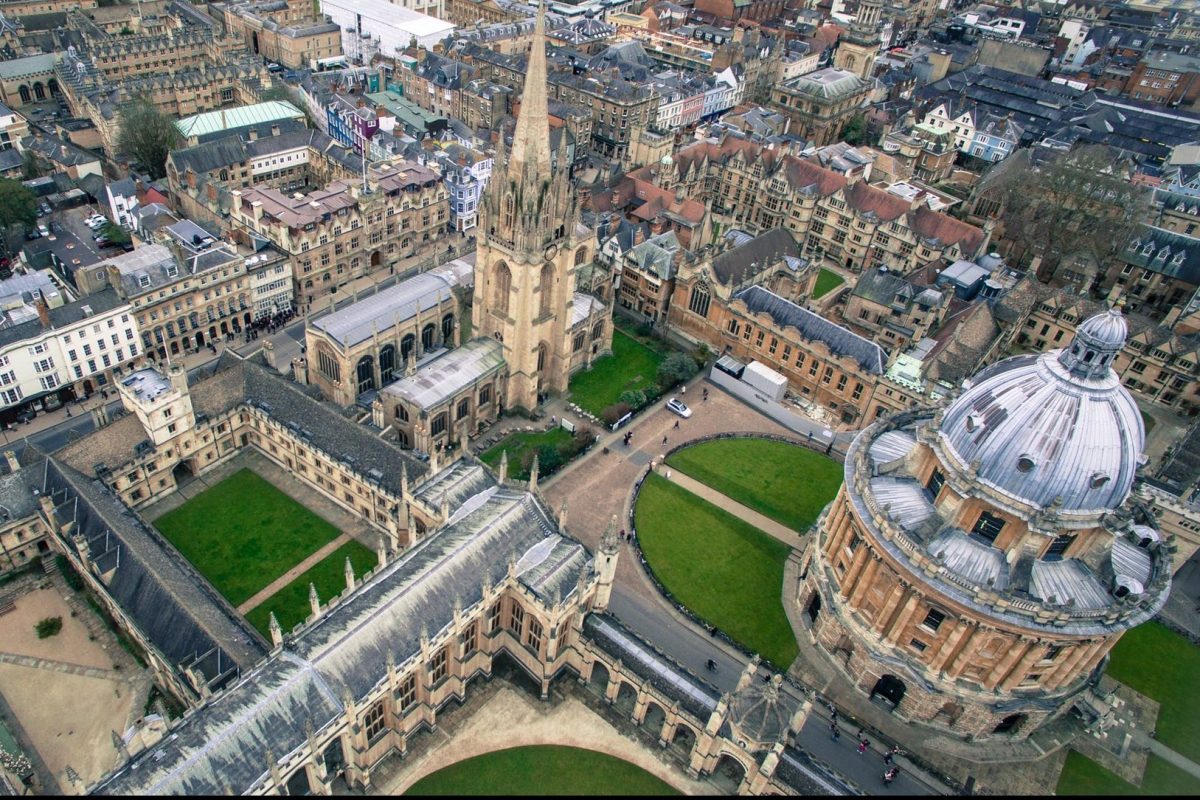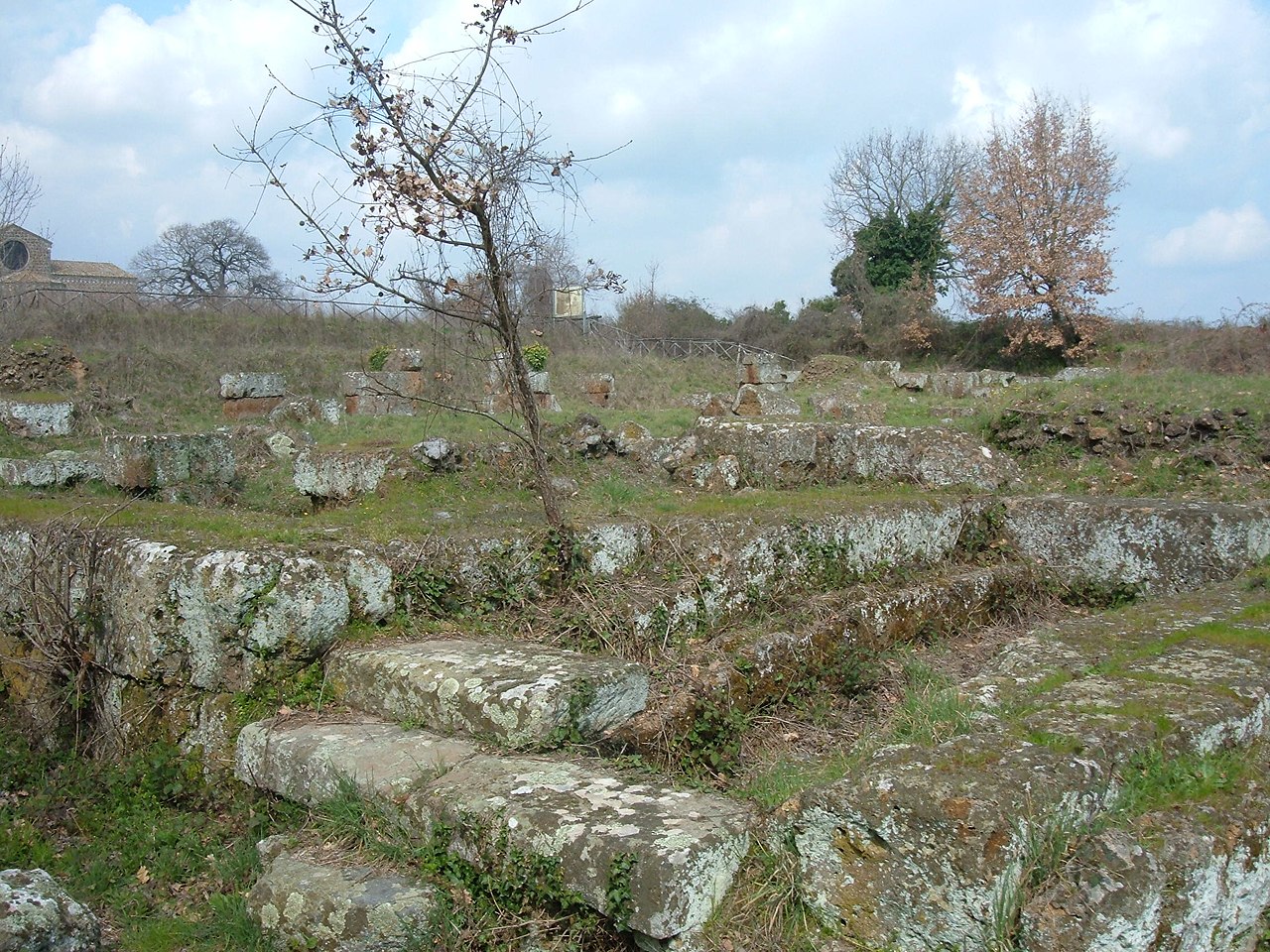The history of Oxford, the city best-known for its university and for one of the most imposing logos in all of English soccer, extends back over a thousand years and abounds with royalty, scholars and other influential thinkers. Throw in some stunning architecture, and you have a sense of why so many people have been drawn there for so long.
The traces of Oxford’s history extend in a number of directions — and a new article by novelist Lucy Atkins at CrimeReads offers a personal view at some of the city’s highlights. Atkins teaches at Oxford, and her take on the city feels distinctively lived-in. Atkins’s guide to Oxford includes spaces dear to both T.E. Lawrence and C.S. Lewis — and a massive underground conveyor belt servicing 29 libraries.
Atkins also points to the cemeteries situated around the city, dubbing them ” a who’s who of western cultural influencers.” She writes particularly warmly of Holywell, a graveyard whose occupants include everyone from The Wind in the Willows author Kenneth Grahame to Blackwell’s bookstore founder Basil Blackwell.
In Atkins’s view, Holywell and the graveyards like it each offer a condensed history of the city, along with a sampling of its wildlife. “Holywell is a vibrant place, populated not just by authors but by composers and botanists, mathematicians and Sanskrit scholars, classicists and brain surgeons,” she writes. “A snapshot of Oxford.” Reading about Atkins’s own experience, it’s not hard to see why the city has had such a hold on people for so long.
Thanks for reading InsideHook. Sign up for our daily newsletter and be in the know.

















